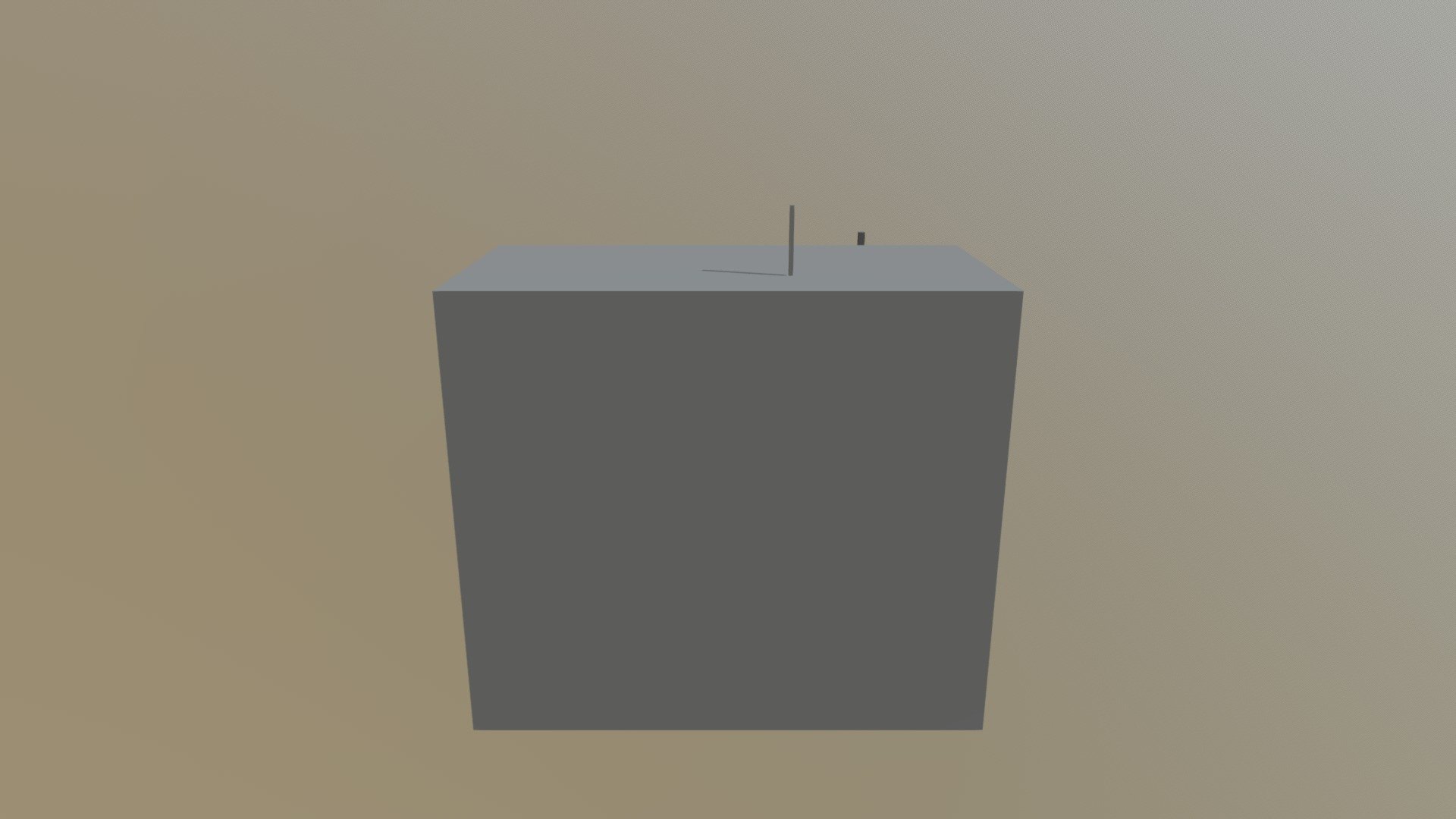
Leo Nasa
sketchfab
The human brain is a highly complex and intricate organ, capable of processing vast amounts of information and performing an astonishing array of cognitive functions. At its core, the human brain is composed of billions of interconnected neurons, each with the ability to transmit and receive signals at incredibly high speeds. This allows for seamless communication between different parts of the brain, facilitating tasks such as memory recall, problem-solving, and decision-making. One of the most fascinating aspects of the human brain is its ability to adapt and reorganize itself in response to new experiences and learning opportunities. This process, known as neuroplasticity, enables the brain to compensate for damaged or missing areas by rerouting signals through alternative pathways. This allows individuals to recover from injuries and conditions such as stroke or traumatic brain injury, and even learn new skills and abilities throughout their lives. The human brain is also incredibly resilient, capable of withstanding a wide range of physical and environmental stresses without suffering significant damage. This is due in part to the presence of specialized cells known as glial cells, which work tirelessly behind the scenes to maintain the health and integrity of the neural tissue. Additionally, the brain's natural defenses against infection and disease, such as the blood-brain barrier, provide a critical layer of protection against external threats. Despite its many remarkable abilities, the human brain is not without its limitations. One of the most significant challenges facing researchers today is understanding the complex relationships between different parts of the brain and how they contribute to various cognitive functions. Furthermore, the sheer scope and complexity of the brain's neural networks make it a daunting task to map and understand their intricate workings. However, advances in technology such as functional magnetic resonance imaging (fMRI) and electroencephalography (EEG) are helping scientists to better comprehend the brain's inner workings. By studying the electrical activity and neural signals generated by different parts of the brain, researchers can gain valuable insights into the underlying mechanisms that govern human thought and behavior. As our understanding of the human brain continues to grow, so too do the possibilities for improving cognitive function and treating neurological disorders. By harnessing the incredible power of neuroplasticity and leveraging cutting-edge technologies, scientists are making rapid progress towards unlocking the secrets of the human mind and developing innovative treatments for a wide range of conditions. In conclusion, the human brain is an awe-inspiring organ that continues to fascinate and captivate us with its incredible abilities and resilience. As we continue to explore the depths of this complex and intricate system, we are sure to uncover even more remarkable secrets about how it works and what makes us who we are.
With this file you will be able to print Leo Nasa with your 3D printer. Click on the button and save the file on your computer to work, edit or customize your design. You can also find more 3D designs for printers on Leo Nasa.
